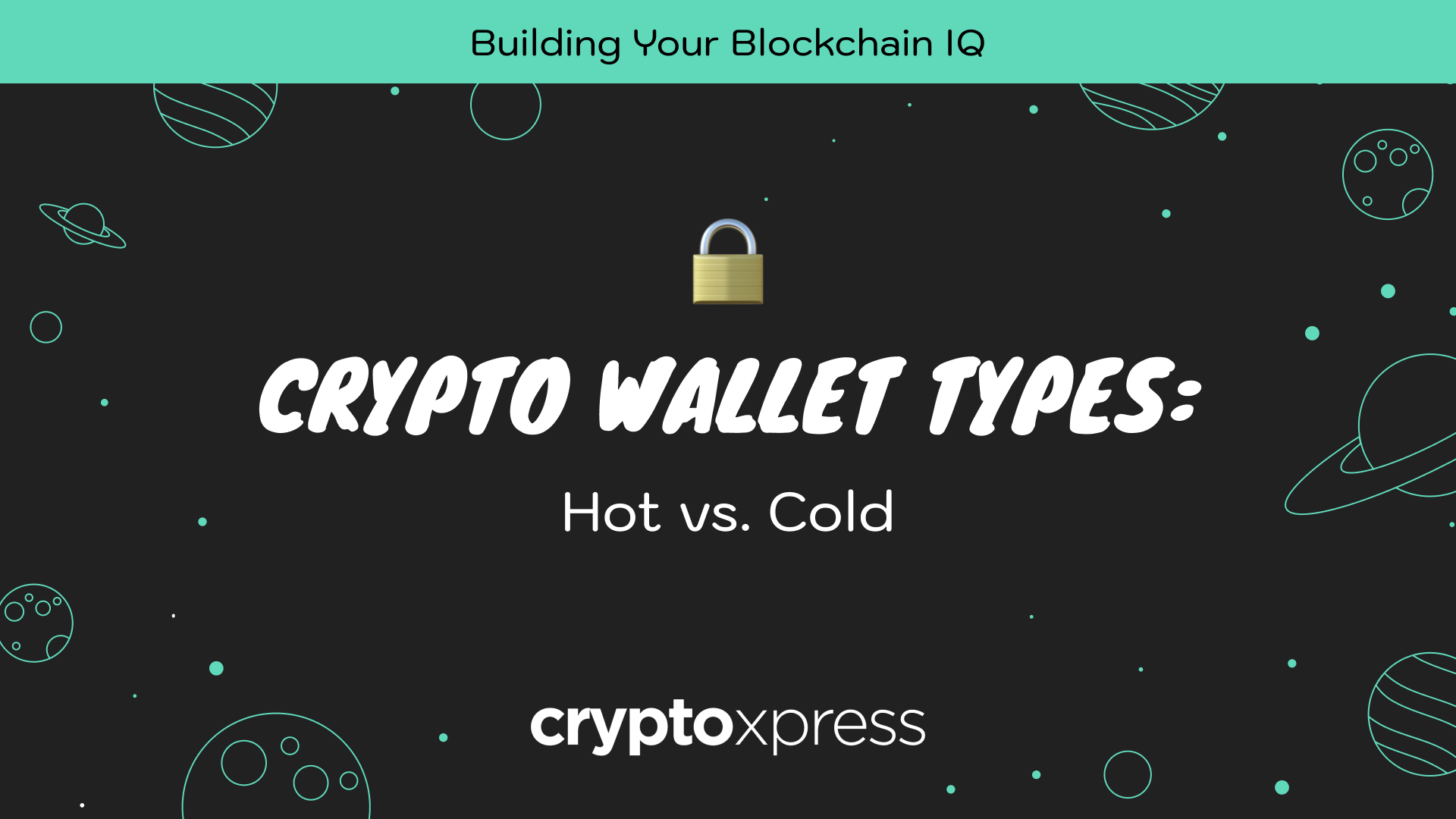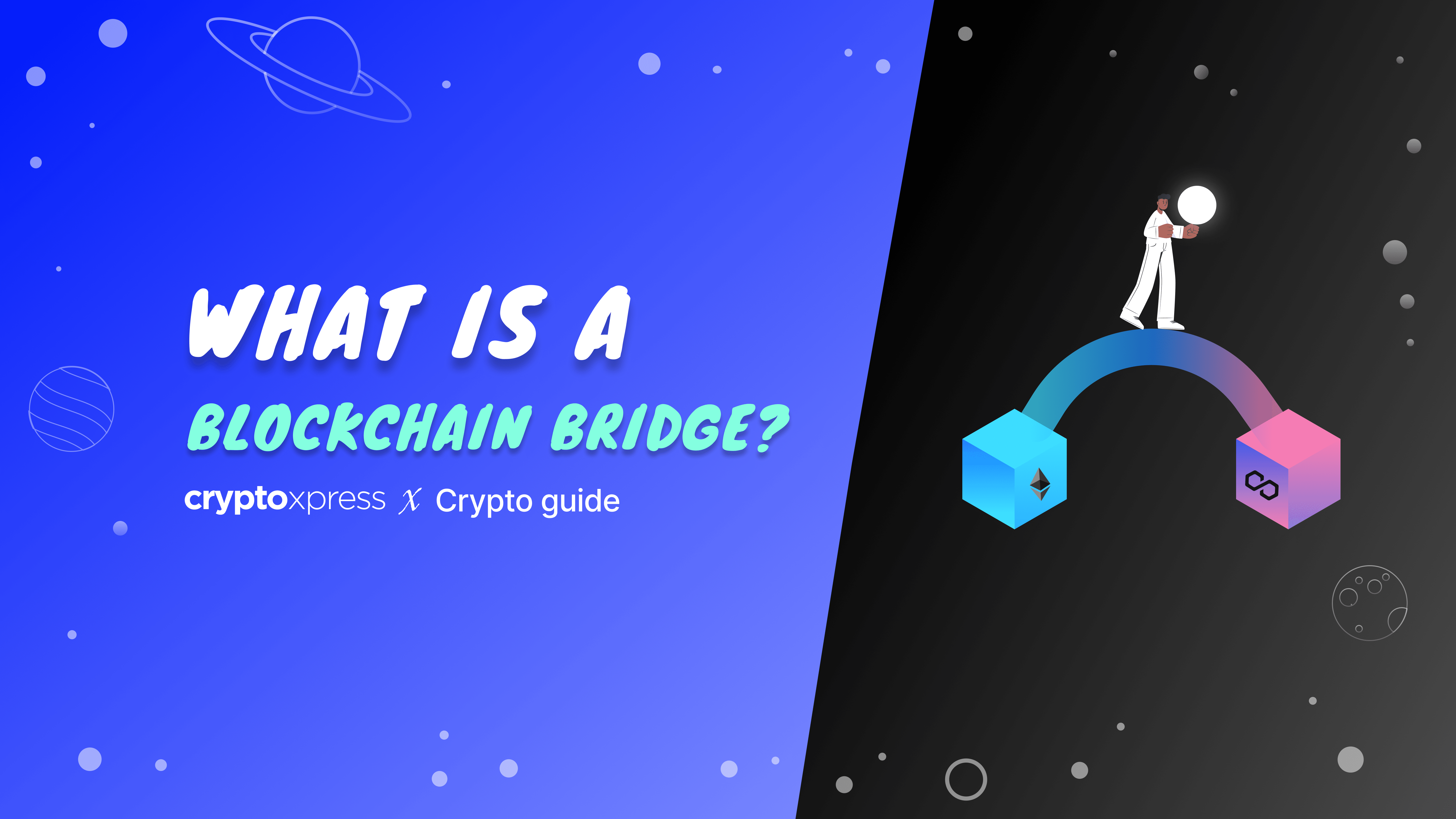|
Getting your Trinity Audio player ready...
|
- 00Days
- 00Hours
- 00Minutes
- 00Seconds
In the world of cryptocurrencies, Bitcoin is undoubtedly the most well-known and widely used. It has revolutionized the concept of digital currency and attracted a massive following of investors, enthusiasts, and miners. One of the most significant events in the Bitcoin network is the process of halving, which occurs at regular intervals. In this comprehensive guide, we will delve into the intricacies of Bitcoin halving, its history, implications, and the next anticipated halving event. So, let’s dive in and explore the fascinating world of Bitcoin halving.
Understanding Bitcoin and its Network
Before we delve into the concept of Bitcoin halving, let’s first understand how the Bitcoin network operates. Bitcoin is built on a revolutionary technology called blockchain, which consists of a network of computers known as nodes. These nodes run the Bitcoin software and maintain a complete record of all transactions that occur on the network.
Each transaction is approved individually and added to a block. Once a block is filled with transactions, it is closed and added to the blockchain. This process of approving transactions and adding them to the blockchain is carried out by miners, who use specialized hardware to solve complex mathematical problems. By solving these problems, miners validate transactions and secure the network.
What is Bitcoin Halving?
Bitcoin halving is a critical event that occurs approximately every four years. It is a fundamental aspect of Bitcoin’s design and plays a crucial role in controlling the supply of new Bitcoin entering circulation. The halving event involves reducing the reward for miners who successfully mine a block.
When Bitcoin was first established, miners were rewarded with 50 BTC for each block they mined. However, every 210,000 blocks mined, the reward is halved. This means that the rate at which new Bitcoin is created decreases by half. The purpose of this mechanism is to introduce scarcity and controlled supply into the Bitcoin ecosystem.
History of Bitcoin Halvings
The Bitcoin network has experienced three halvings since its inception. The first halving occurred on November 28, 2012, when the block reward was reduced from 50 BTC to 25 BTC. This event marked a significant milestone in Bitcoin’s history and had a profound impact on the network.
The second halving took place on July 9, 2016, reducing the block reward to 12.5 BTC. This halving event further decreased the rate at which new Bitcoin was generated and created a sense of scarcity in the market.
The most recent halving occurred on May 11, 2020, reducing the block reward to 6.25 BTC. This event had significant implications for miners and the Bitcoin ecosystem as a whole. The next halving is expected to occur around April 2024, and it will further reduce the block reward to 3.125 BTC.
Why Does Bitcoin Halving Occur?
Bitcoin halving occurs as part of the protocol’s design and serves several essential purposes. Let’s explore the primary reasons behind the occurrence of Bitcoin halving:
Scarcity and Controlled Supply
Bitcoin was designed to be a deflationary asset with a limited and controlled supply. By reducing the block reward through halving, the rate at which new Bitcoin is generated decreases over time. This introduces scarcity into the market and makes Bitcoin a valuable asset with a potentially increasing value proposition.
Inflation Control
Another critical aspect of Bitcoin halving is its role in controlling inflation. By reducing the rate at which new Bitcoin is introduced into circulation, halving events help to limit excessive inflation within the Bitcoin ecosystem. This restricted issuance process aims to maintain the stability and long-term value of the cryptocurrency.
Market Forces and Economics
The halving event has significant economic implications for both Bitcoin miners and the broader market. When the block reward is halved, miners must adjust their operations to remain profitable. This increased competition among miners can lead to consolidation within the mining industry, with larger players taking over smaller miners. This, in turn, can impact the overall security and decentralization of the Bitcoin network.
Price Impact
Historically, Bitcoin halving events have been associated with price increases in the cryptocurrency. The expectation of decreased supply and rising demand often leads to positive market sentiment and potential price appreciation. However, it is essential to note that past performance does not guarantee future results, and various factors can influence Bitcoin’s price.

Implications of Bitcoin Halving
Bitcoin halving has several implications for different stakeholders in the cryptocurrency ecosystem. Let’s explore the primary implications of Bitcoin halving:
Impact on Miners
Bitcoin halving has a direct impact on miners, who are responsible for validating transactions and securing the network. When the block reward is halved, miners receive fewer bitcoins for their mining efforts. This can significantly affect the profitability of mining operations, especially for individual miners and smaller outfits. As a result, some miners may drop out of the mining ecosystem or be taken over by larger players with more resources.
Network Security and Decentralization
Bitcoin’s security and decentralization are fundamental aspects of its design. The mining process ensures the integrity of transactions and prevents double-spending. However, if a significant number of miners exit the network due to reduced rewards, it could potentially impact the security and decentralization of the Bitcoin network. This emphasizes the importance of maintaining a robust and diverse mining ecosystem.
Price Volatility
Bitcoin halving events often lead to increased price volatility in the cryptocurrency market. The reduction in the rate of new Bitcoin supply, coupled with potential increases in demand, can create significant price fluctuations. Investors and traders should be prepared for increased volatility following a halving event.
Long-Term Bullish Trend
While short-term price movements can be unpredictable, Bitcoin halving events have historically been followed by long-term bullish trends. The reduction in the rate of new Bitcoin supply, along with the increasing scarcity, often creates a favorable environment for price appreciation over time. However, it is important to approach investment decisions with caution and consider various factors that can influence Bitcoin’s price.
The Next Bitcoin Halving
The next anticipated Bitcoin halving is expected to occur around April 2024. As mentioned earlier, this halving event will further reduce the block reward to 3.125 BTC. It is crucial to note that the exact date of the halving cannot be predicted with certainty, as it depends on the number of blocks mined. However, based on historical data and the current block generation rate, April 2024 is the projected timeframe for the next halving.
Conclusion
Bitcoin halving is a significant event in the Bitcoin network that occurs approximately every four years. It plays a crucial role in controlling the supply of new Bitcoin and introducing scarcity into the market. The history of Bitcoin halvings has shown their impact on miners, market dynamics, and price volatility. As we look forward to the next halving event, it is essential to consider the implications and be prepared for potential changes in the Bitcoin ecosystem. Whether you are a miner, investor, or enthusiast, understanding Bitcoin halving is key to navigating the ever-evolving landscape of cryptocurrencies.
TL;DR:
Bitcoin halving is a significant event occurring roughly every four years, where the reward for miners is halved. This reduces the rate of new Bitcoin entering circulation, aiming to introduce scarcity and control inflation. Halving events historically impact miners’ profitability, market dynamics, and price volatility. The next halving is expected around April 2024, reducing the block reward to 3.125 BTC.
FAQs:
What is Bitcoin halving?
Bitcoin halving is a process that occurs approximately every four years, reducing the reward for miners by half. This controls the rate at which new Bitcoin is created, introducing scarcity into the market.
Why does Bitcoin halving happen?
Bitcoin halving is part of the cryptocurrency’s protocol designed to control inflation, introduce scarcity, and maintain the long-term value of Bitcoin.
How does Bitcoin halving impact miners?
Bitcoin halving directly affects miners, reducing their rewards for validating transactions. This can impact their profitability and may lead to consolidation within the mining industry.
What are the implications of Bitcoin halving on the market?
Bitcoin halving events often lead to increased price volatility and can influence market sentiment. Historically, they have been associated with long-term bullish trends.
When is the next Bitcoin halving?
The next Bitcoin halving is projected to occur around April 2024, reducing the block reward to 3.125 BTC. However, the exact date depends on the rate of block generation and cannot be predicted precisely.






